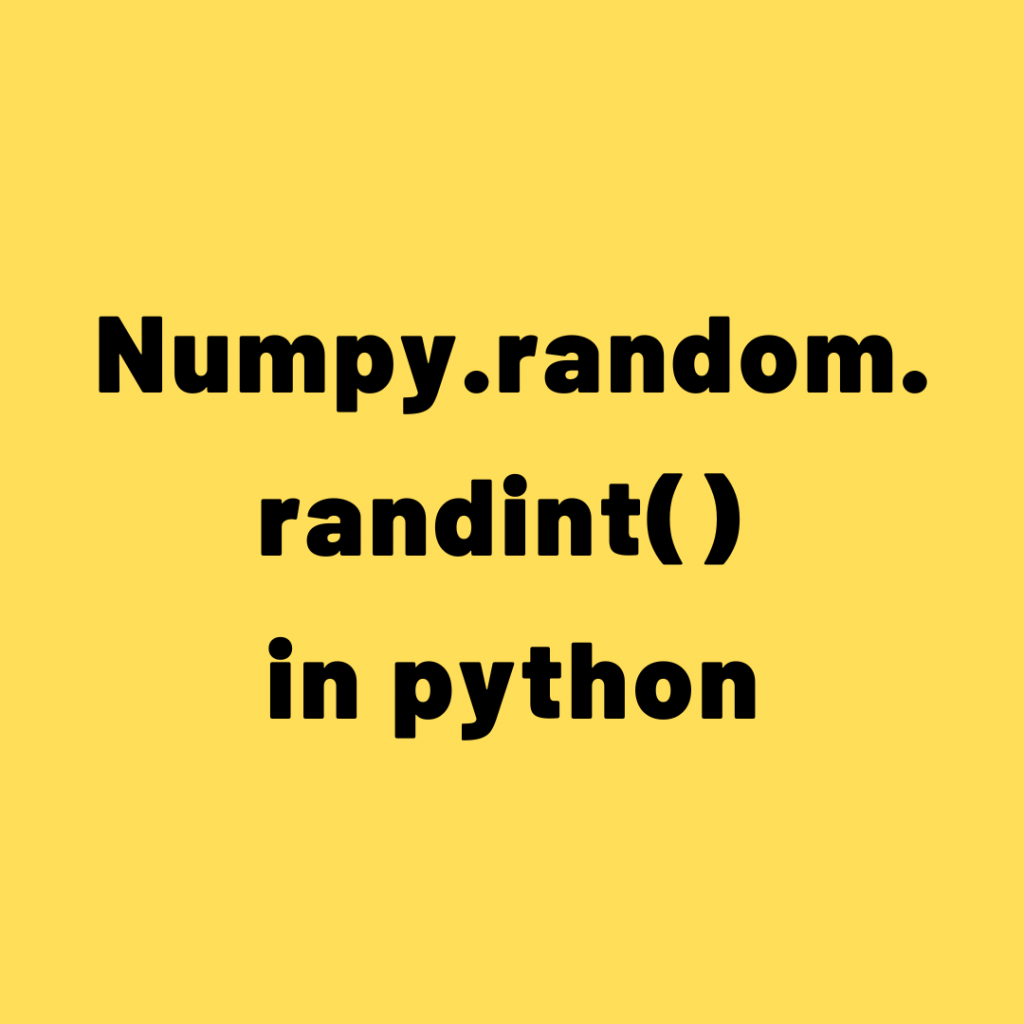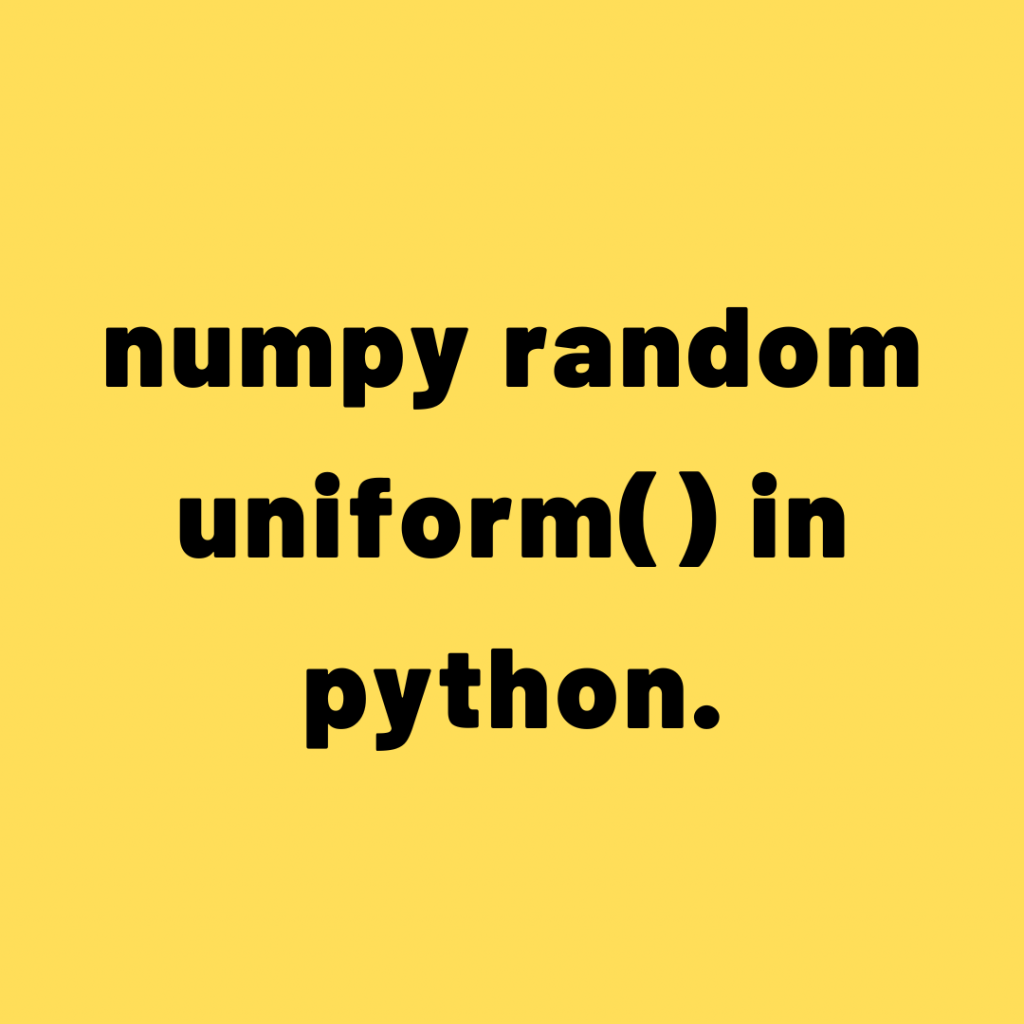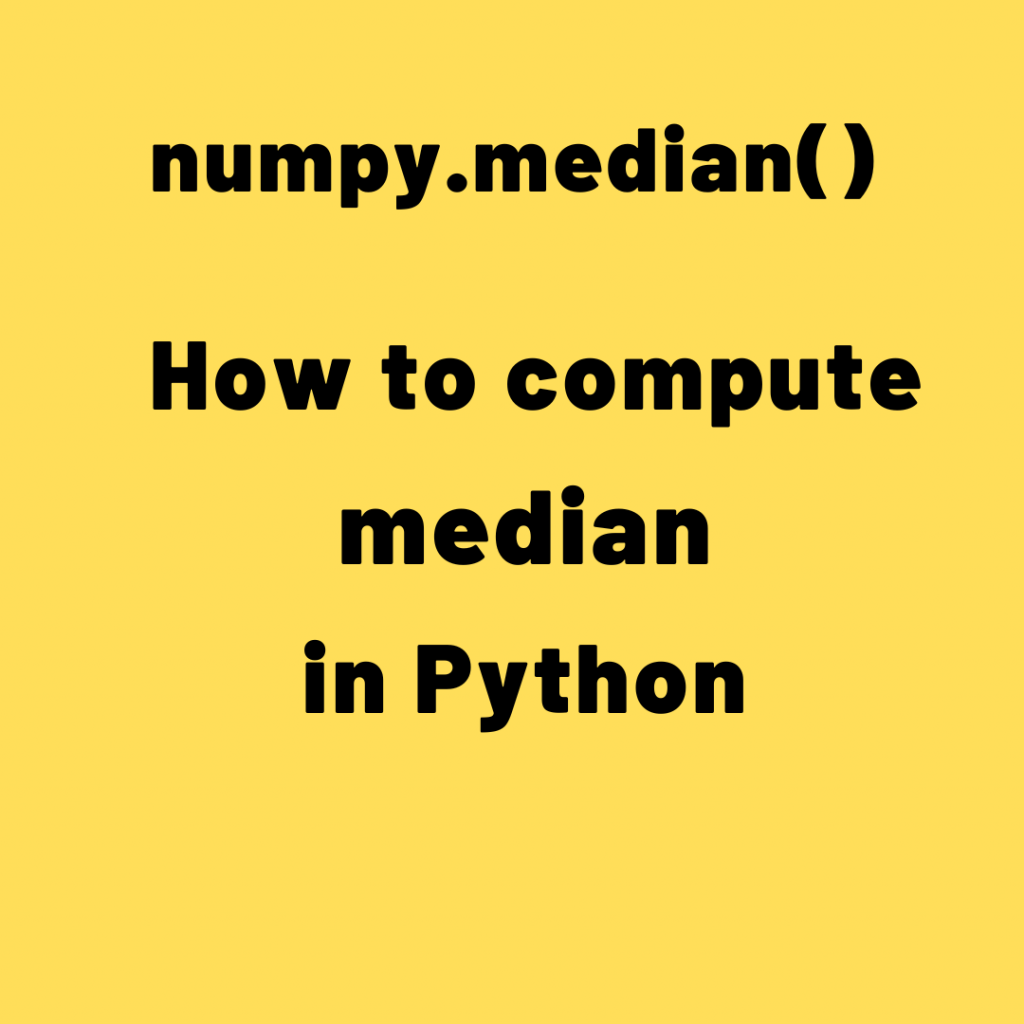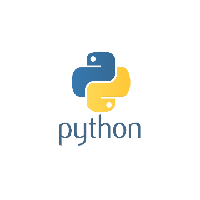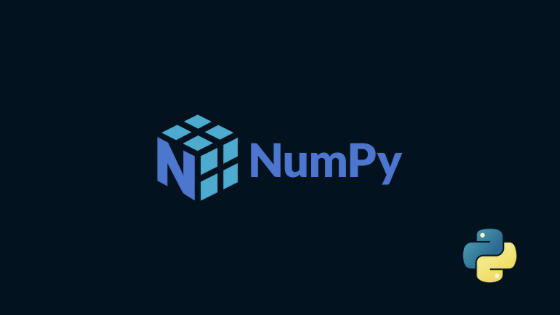How to convert Python code to Cython (and speed up 100x)?
Using Cython, you can speed up existing Python code by an order of 100x or more. This is possible because Cython converts some of the Python code to C by doing some basic code changes. Even without any code change a speed up of 2x is commonly observed, like in this post example. Because, everything …
How to convert Python code to Cython (and speed up 100x)? Read More »







